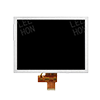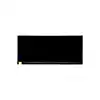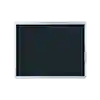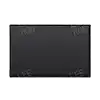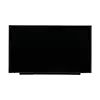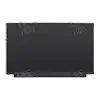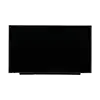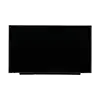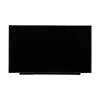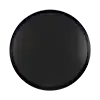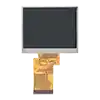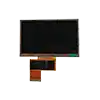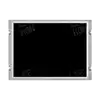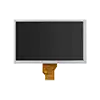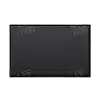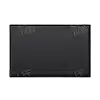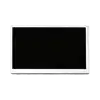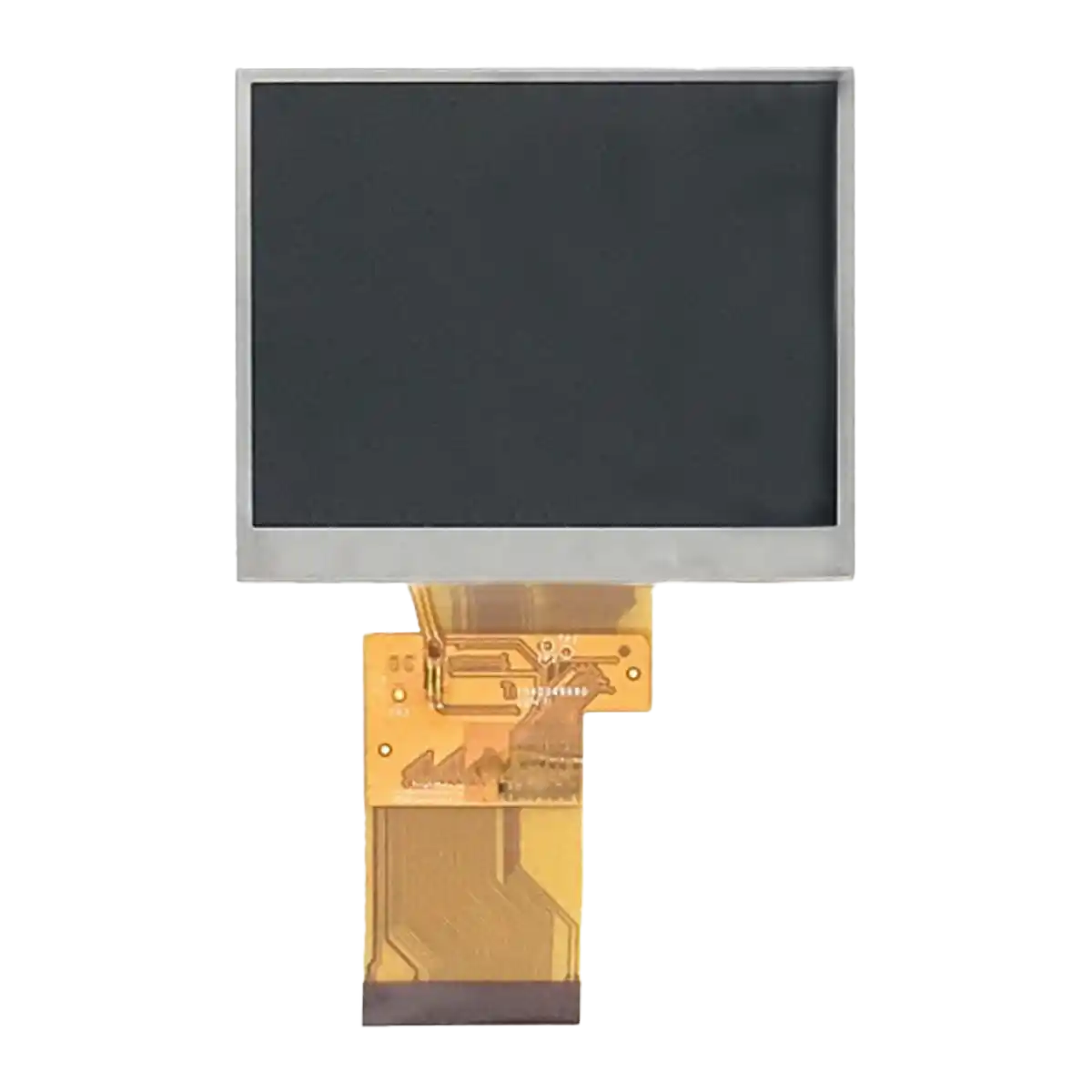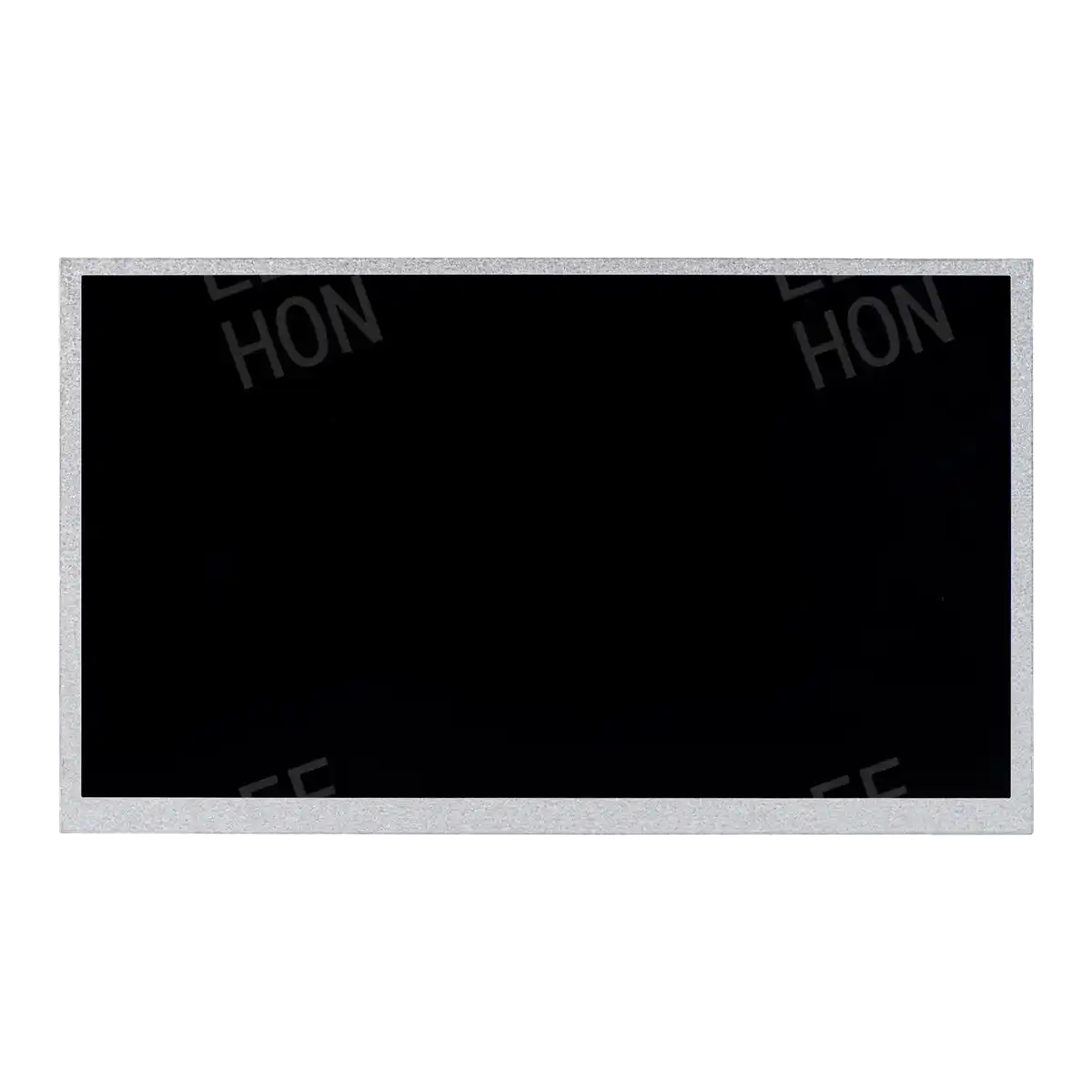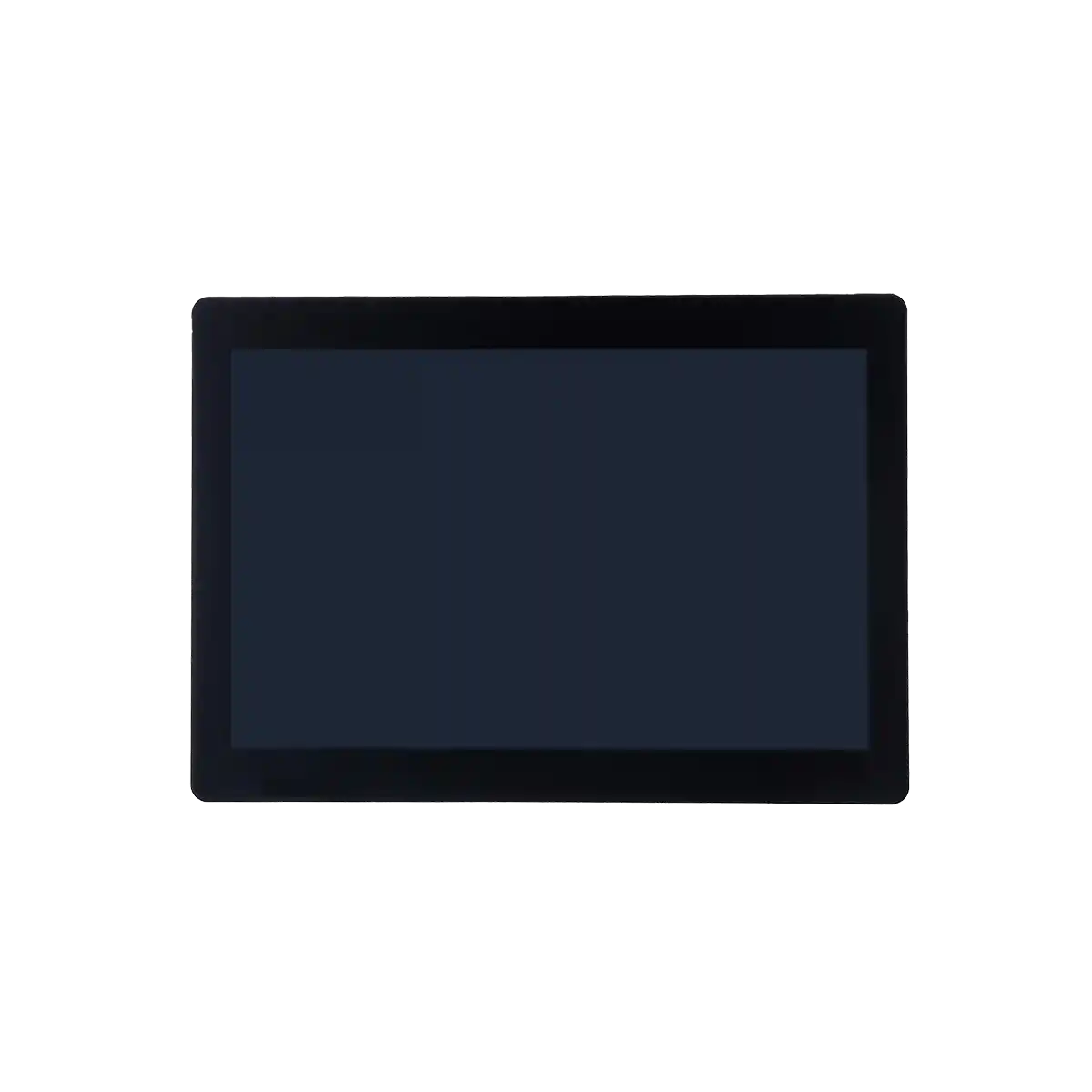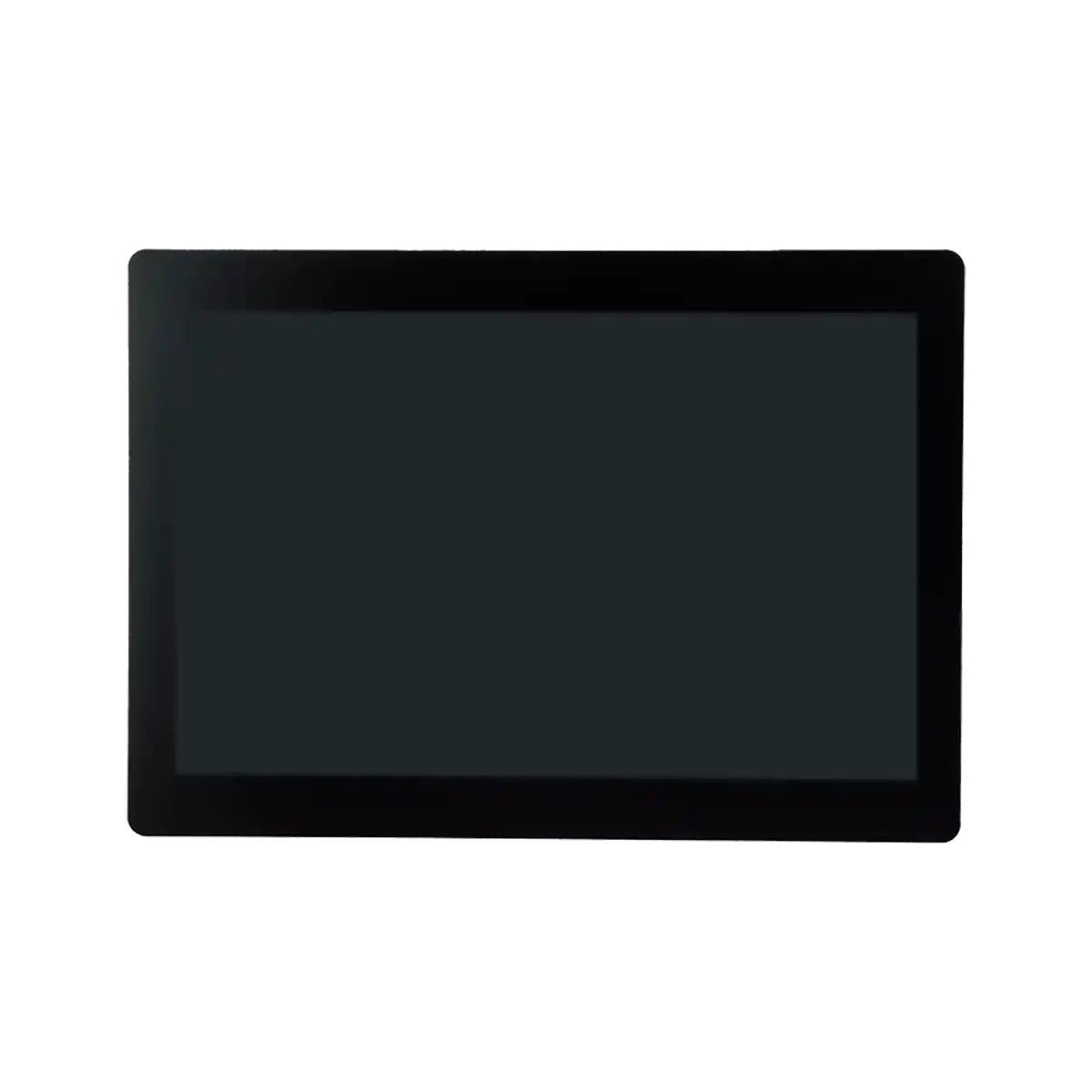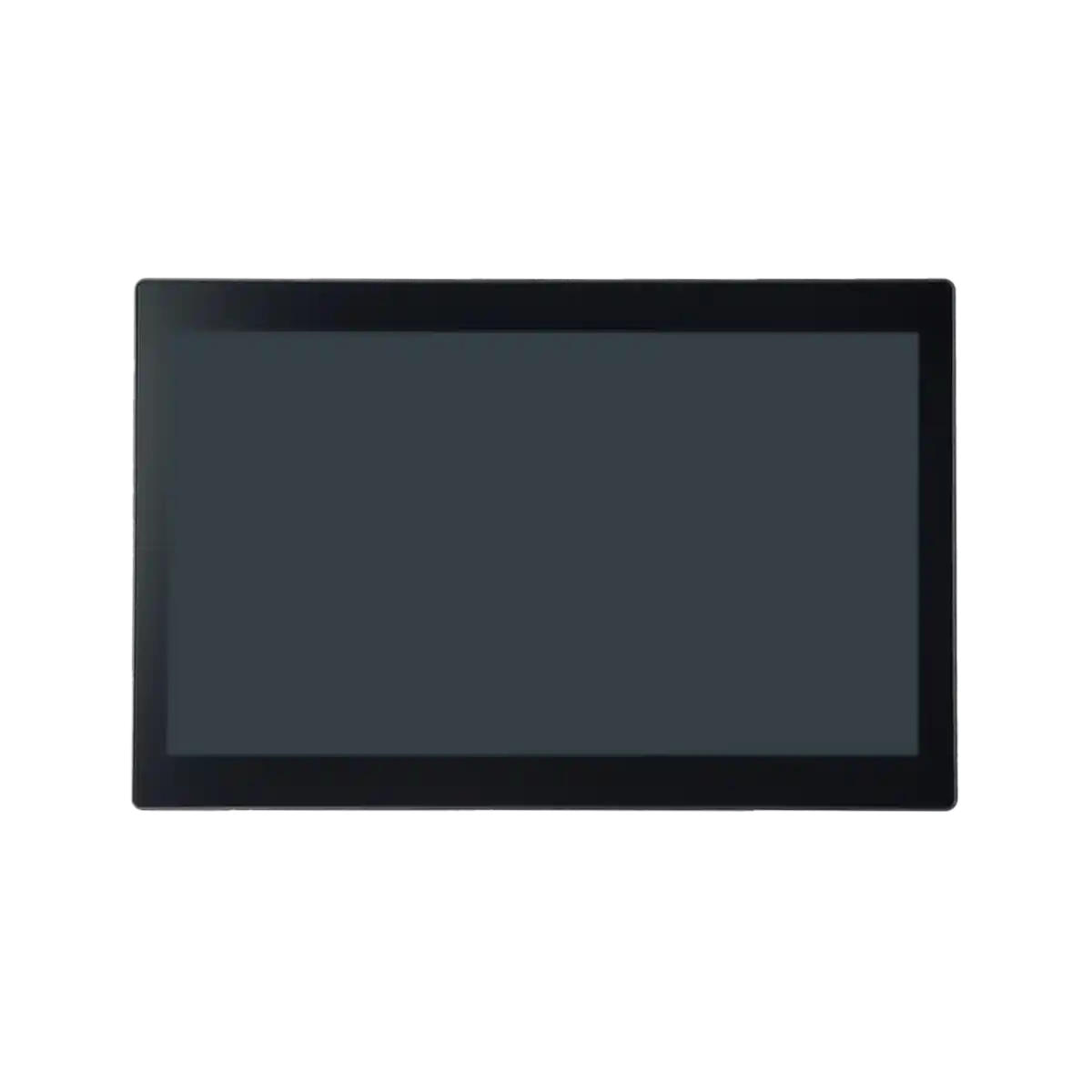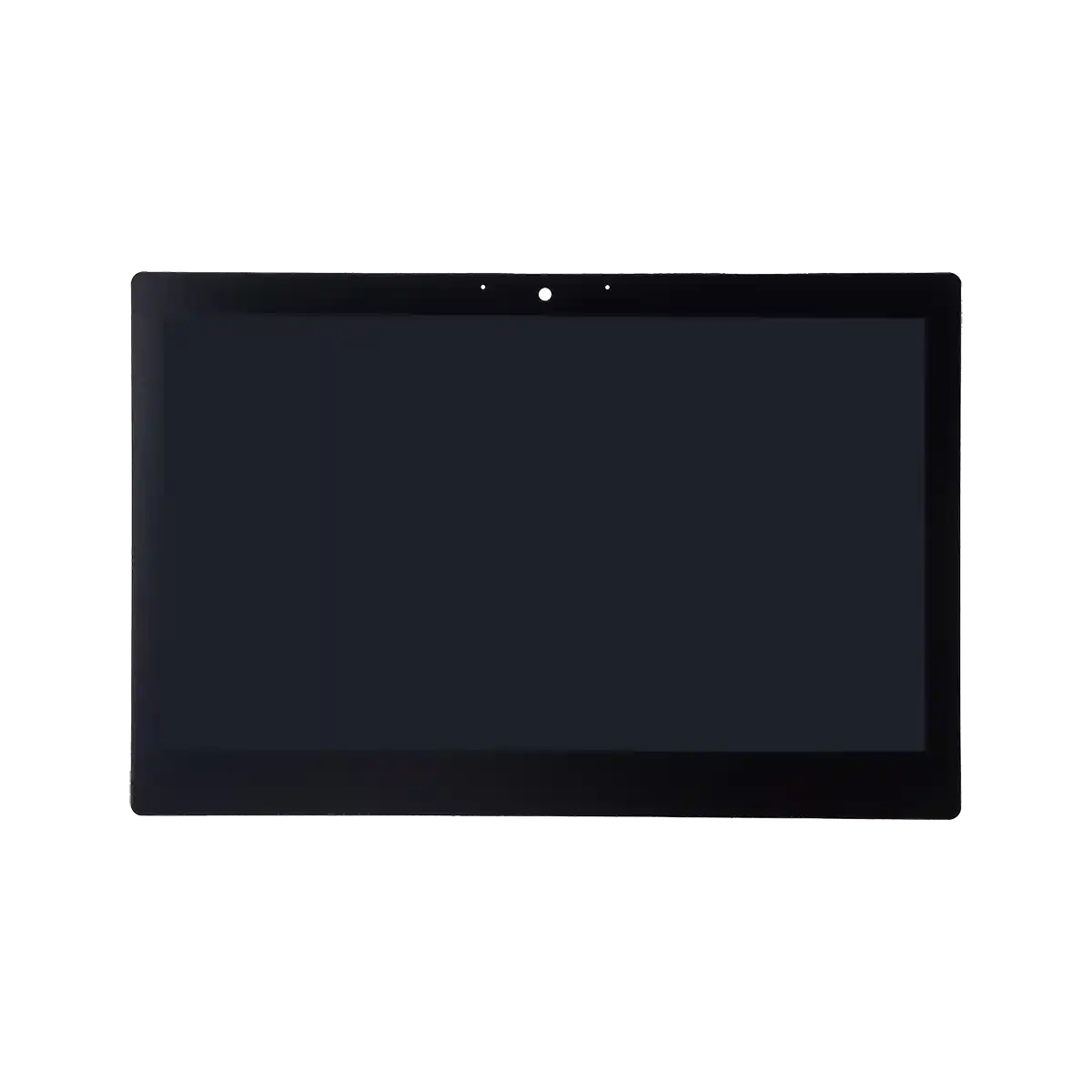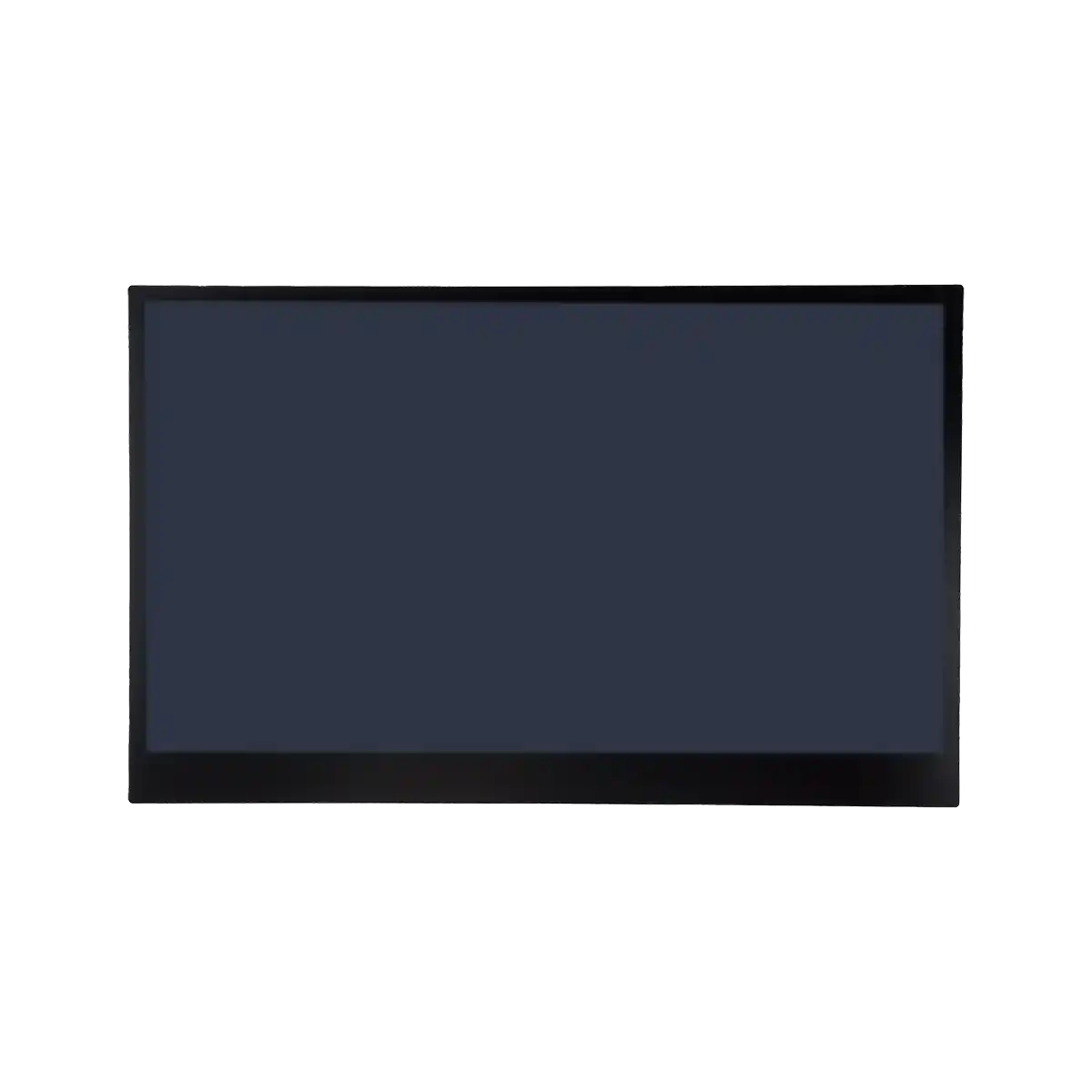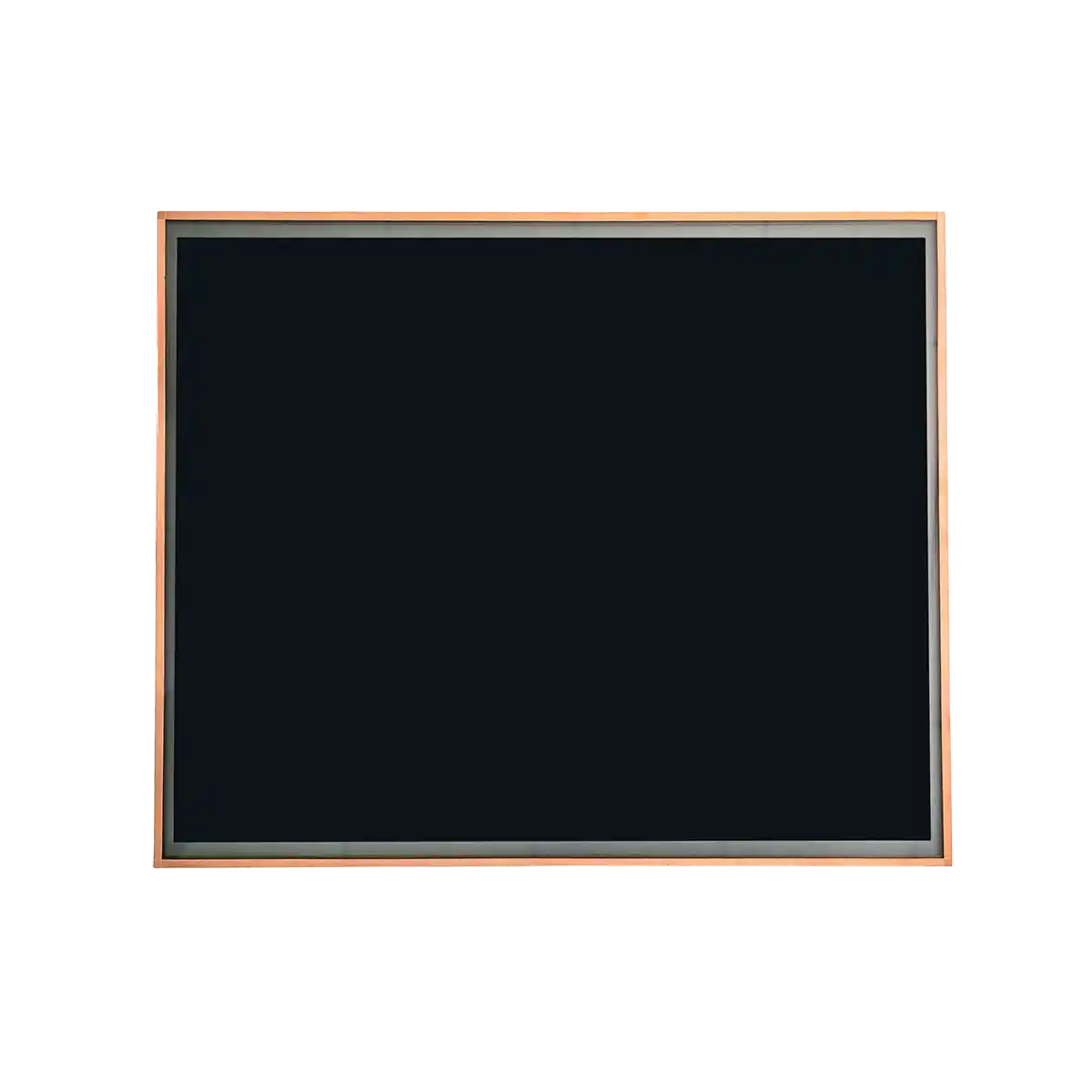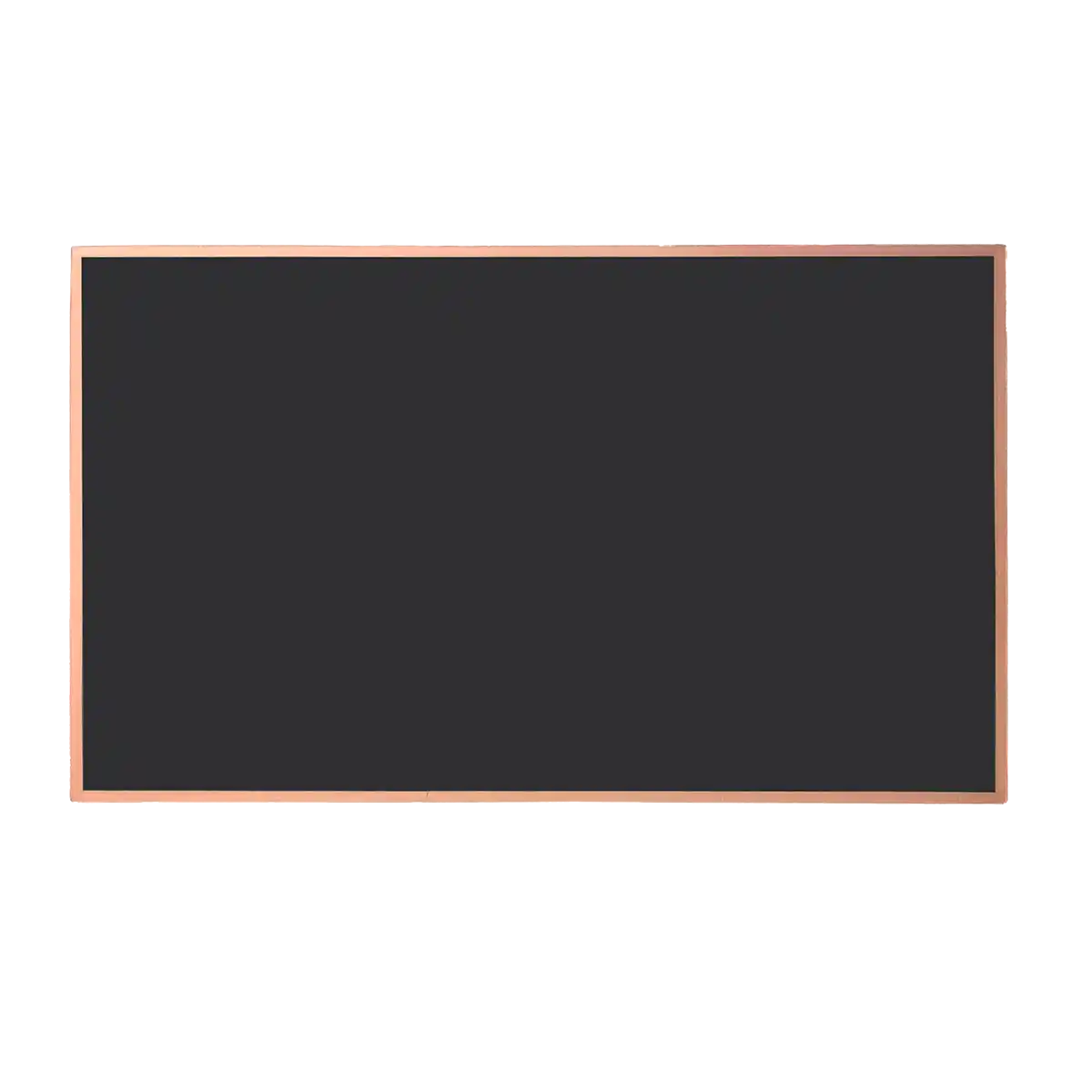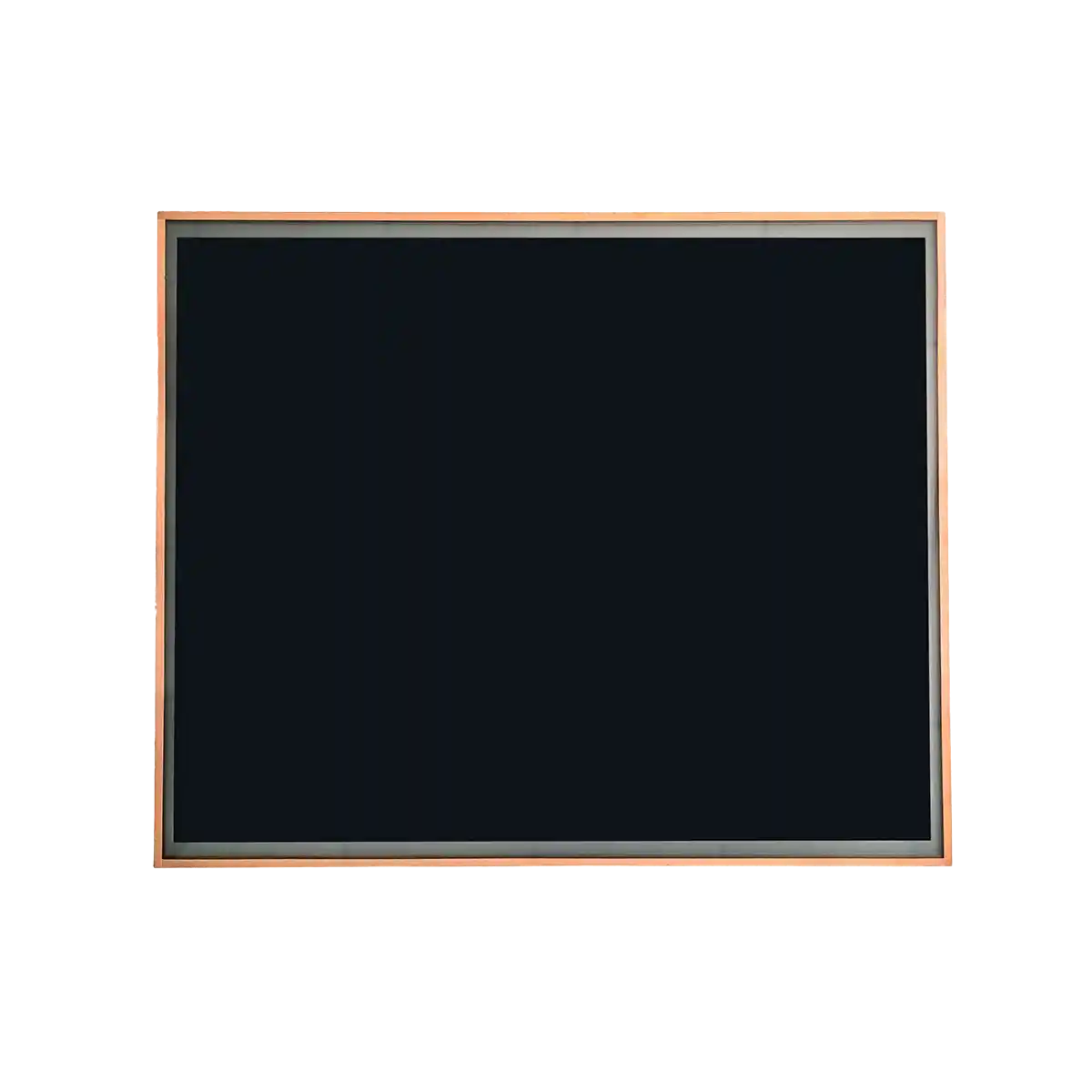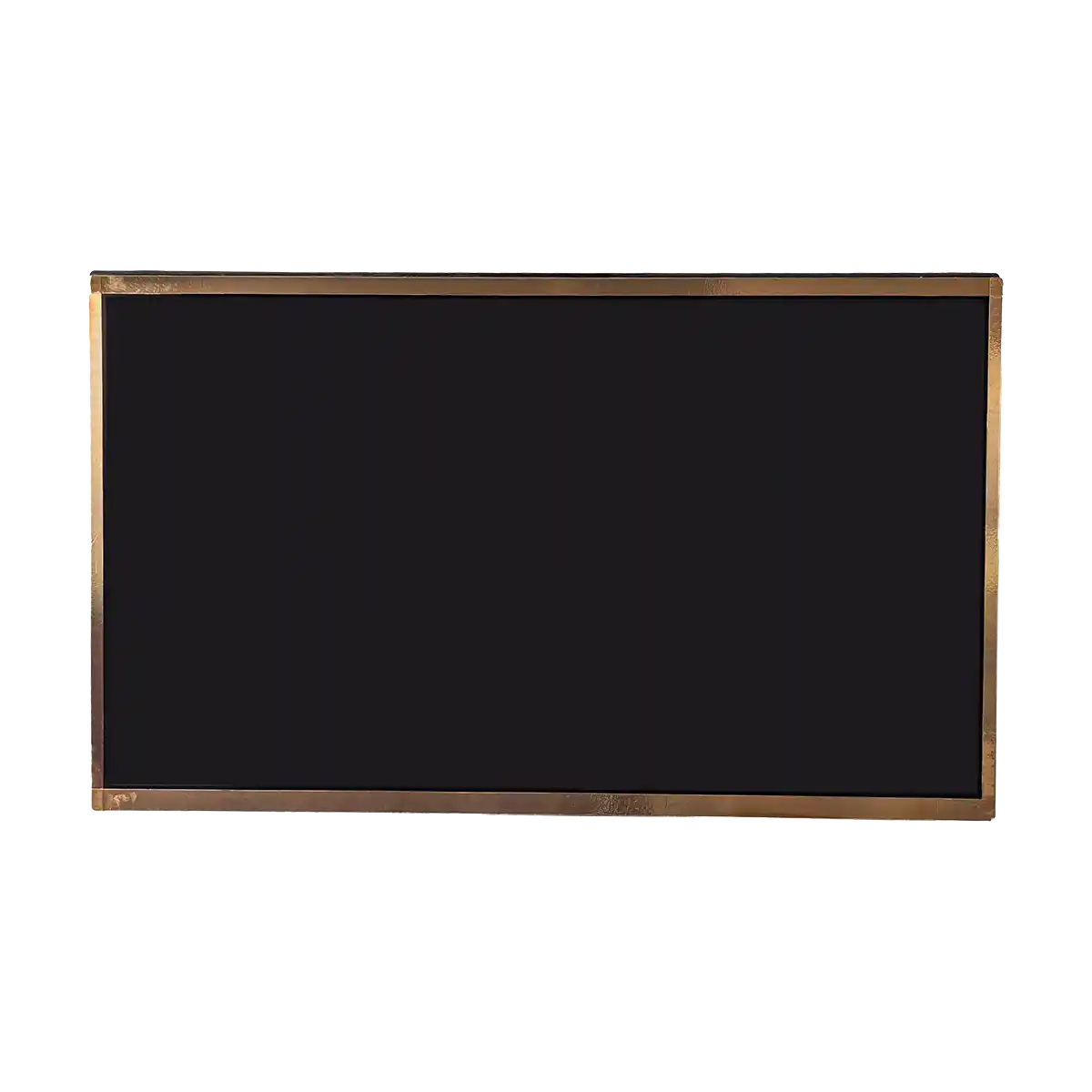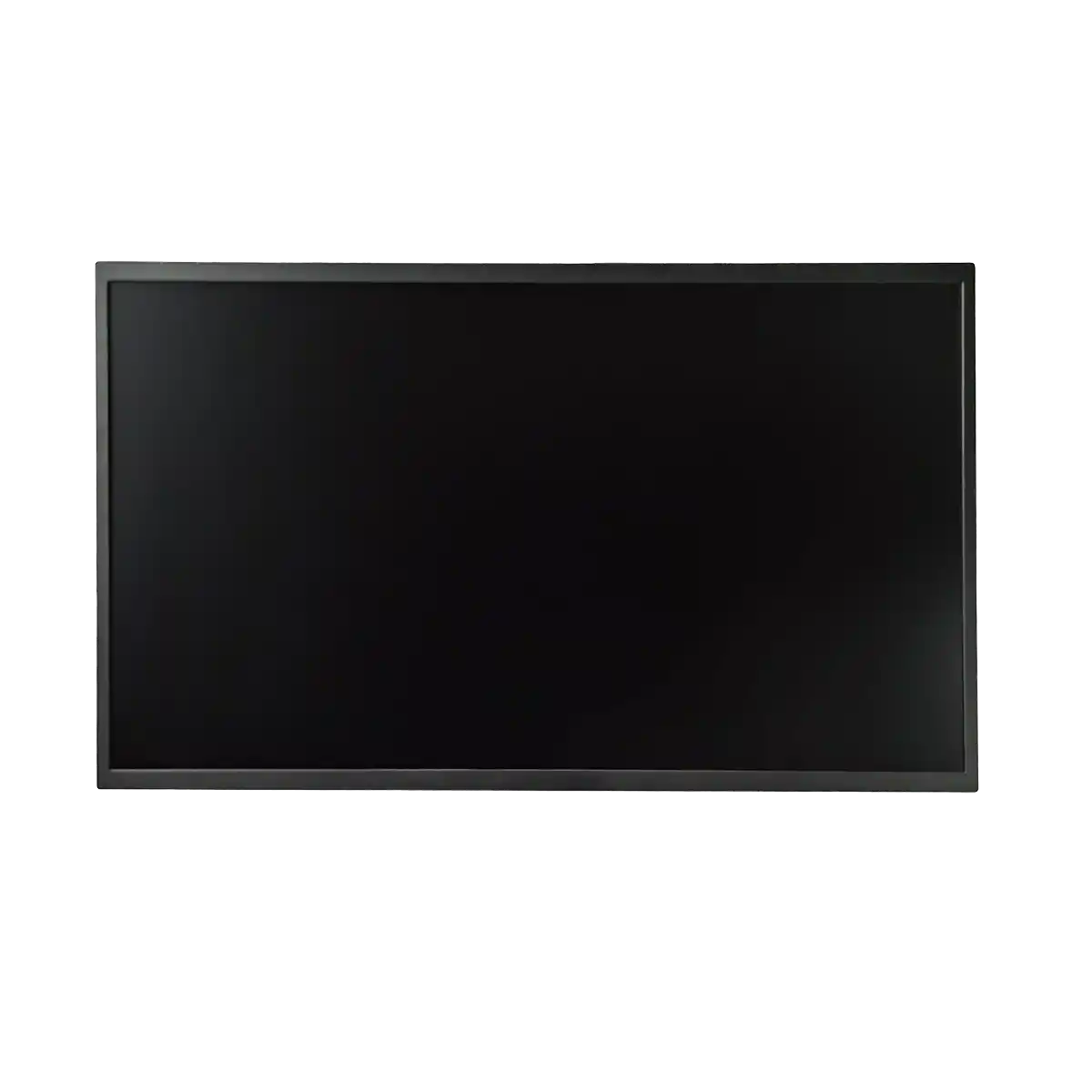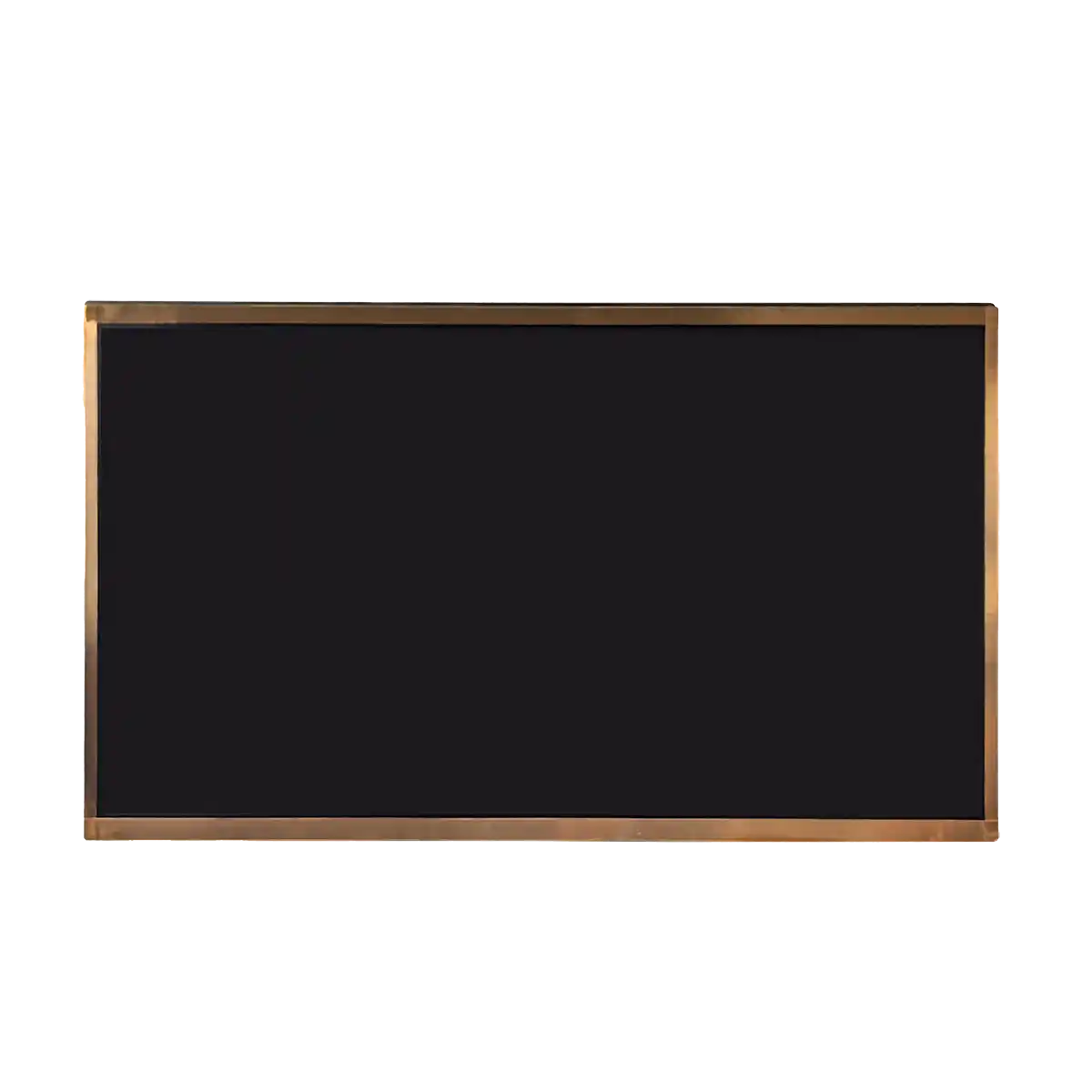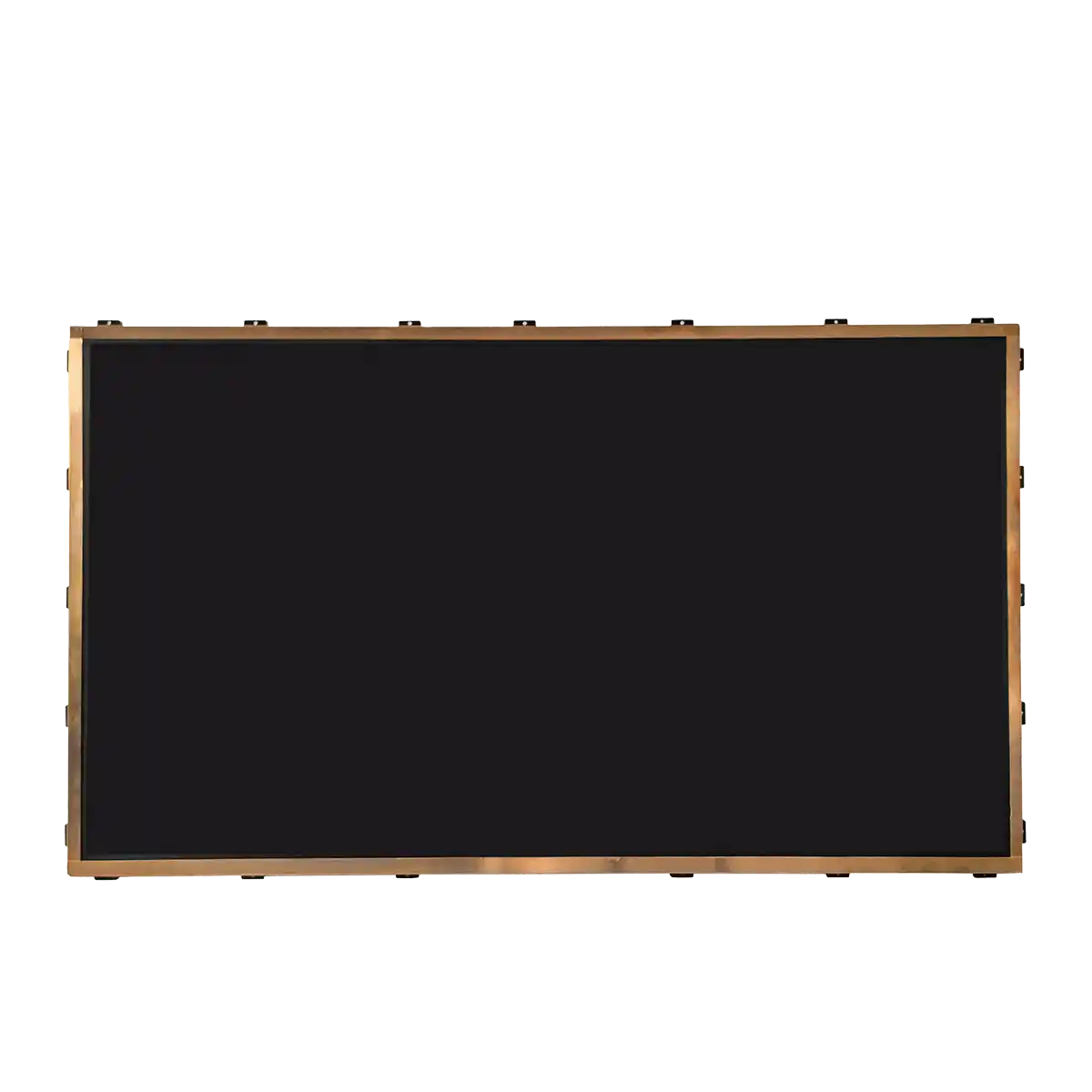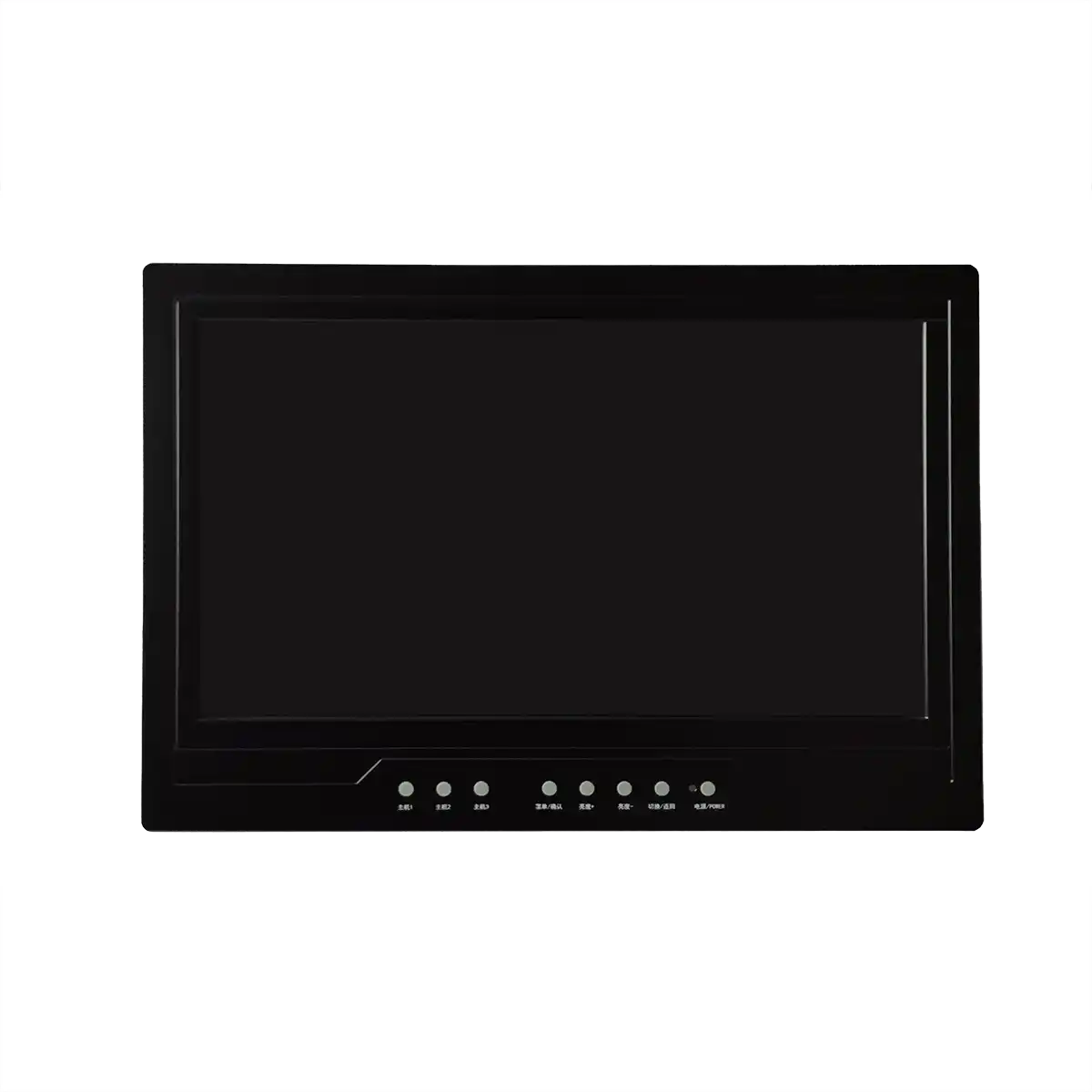The Evolution of Industrial LCD Technology
1. Historical Context and Early Developments
The LCD technology dates back to the 1960s and 1970s, with the first practical displays emerging in the latter part of the 20th century. Initially, these were limited to simple, low-resolution displays for calculators and digital watches. The term "LCD" stands for "Liquid Crystal Display," which utilizes the light-modulating properties of liquid crystals in conjunction with polarizers and, in many cases, color filters.

2. Fundamental Principles of LCD Operation
An LCD consists of a layer of liquid crystal molecules, which can be manipulated to block or allow light passage. In an Industrial LCD Screen, this is achieved by applying an electric field across the liquid crystal layer. The molecules' orientation changes in response to the field, altering the light's polarization state and thus controlling the pixel's transparency. This process requires a backlight, which is often a cold cathode fluorescent lamp (CCFL) or, more recently, light-emitting diodes (LEDs), to provide a consistent light source.
3. Advancements in Industrial LCD Technology
The evolution of Industrial LCD Screens has been marked by several key advancements:
- Resolution: Early LCDs had very low resolutions, but modern industrial screens now offer high-definition resolutions, providing sharp and detailed imagery.
- Brightness: Industrial screens have seen a significant increase in brightness levels, making them readable in direct sunlight or brightly lit indoor environments.
- Contrast Ratio: Improvements in the contrast ratio have allowed for more vivid colors and better visibility of text and graphics.
- Temperature Tolerance: Modern industrial panels are designed to operate over a wide range of temperatures, ensuring reliability in both hot and cold environments.
- Touchscreen Integration: The integration of touchscreen technology has allowed for more interactive and user-friendly interfaces in industrial settings.
- Durability: Industrial LCD Screens are built to be robust, with resistance to physical shocks and vibrations, making them suitable for use in machinery and equipment.
4. Current State of Industrial LCD Technology
Today's Industrial LCD Screens are characterized by their high performance, versatility, and reliability. They incorporate advanced features such as:
- Wide Viewing Angles: Modern panels use technologies like In-Plane Switching (IPS) to provide a wider range of viewing angles without color distortion.
- LED Backlighting: The shift from CCFL to LED backlighting has resulted in screens that are thinner, more energy-efficient, and offer improved color reproduction.
- High Brightness: Specialized industrial panels can achieve brightness levels exceeding 1000 nits, making them suitable for outdoor or high-glare applications.
- Longevity: Industrial LCD Screens are designed for long life cycles, often exceeding 50,000 hours of operation.
5. Specialized Features for Industrial Applications
Industrial LCD Screens often come with additional features tailored to specific needs:
- Anti-Reflective Coatings: To minimize glare and improve visibility under bright conditions.
- Heating Elements: To ensure operation in freezing temperatures by preventing the formation of condensation.
- Glove Touch Capability: Allowing workers to operate the screen while wearing protective gloves.
Conclusion
The evolution of Industrial LCD Technology has been nothing short of remarkable, transforming the way we interact with machines and systems in industrial settings. From their humble beginnings to the sophisticated, high-performance displays of today, Industrial LCD Screens have become an indispensable component of modern industry, offering clarity, durability, and reliability in even the harshest of conditions.
Expansion
Looking ahead, the future of Industrial LCD Screens is poised for further innovation. Developments in flexible and curved displays, organic LED (OLED) technology, and integration with advanced computing and sensing systems will continue to push the boundaries of what is possible. The convergence of Industrial LCD Screens with the Internet of Things (IoT), artificial intelligence (AI), and big data analytics will create smarter, more connected, and more responsive industrial ecosystems.
Furthermore, as sustainability becomes increasingly important, we can expect advancements in energy-efficient technologies and the use of environmentally friendly materials in the manufacturing of Industrial LCD Screens. The ongoing miniaturization of components will also contribute to the creation of even more compact and powerful displays, suitable for an ever-expanding range of applications.
In conclusion, the journey of Industrial LCD Technology from its inception to its current state is a story of human innovation and perseverance. As we stand on the precipice of new technological breakthroughs, the role of Industrial LCD Screens in the industrial landscape is set to become more integral than ever before.
Recommended Articles
-
Why Choose BOE’s EV101WXM-N10?
2025-01-03 -
The Trajectory of South Korea's LCD Industry Amidst Political Fluctuations and Technological Transition: Challenges and Opportunities Coexist
2025-01-03 -
ADS Pro: The Future of Display Technology
2025-01-03 -
Interpretation Report on AUO's New Generation Smart Cockpit
2025-01-03 -
What is the difference between quantum chips and quantum dot technology?
2025-01-03 -
Are the displays in Tesla's Cybertruck and Robovan the same as you imagined?
2025-01-03 -
BOE GV070WSM-N10 parameters and advantages and disadvantages analysis
2025-01-03 -
TM070RDH10-43 7-inch TFT-LCD Display: Technical Details and Application Guide
2025-01-03 -
Notice on the discontinuation of TCG104SVLQJPNN-AN41 model and alternative solutions
2025-01-03 -
Introduction: Reasons to Choose G121EAN01.2
2025-01-03 -
Practical Applications of Industrial LCD Screens: The Perfect Blend of Professionalism and Customization
2024-09-26 -
Hangzhou LEEHON Technology supplies BOE GT080X0M-N12: High quality 7-inch TFT-LCD module solution
2024-09-14 -
How to Check for Issues in Industrial LCD Panels
2024-09-11 -
How does an LCD screen find individual pixels?
2024-09-11 -
What is the difference between eDP and LVDS?
2024-09-11 -
In-depth analysis of the development of automotive display technology
2024-09-10


